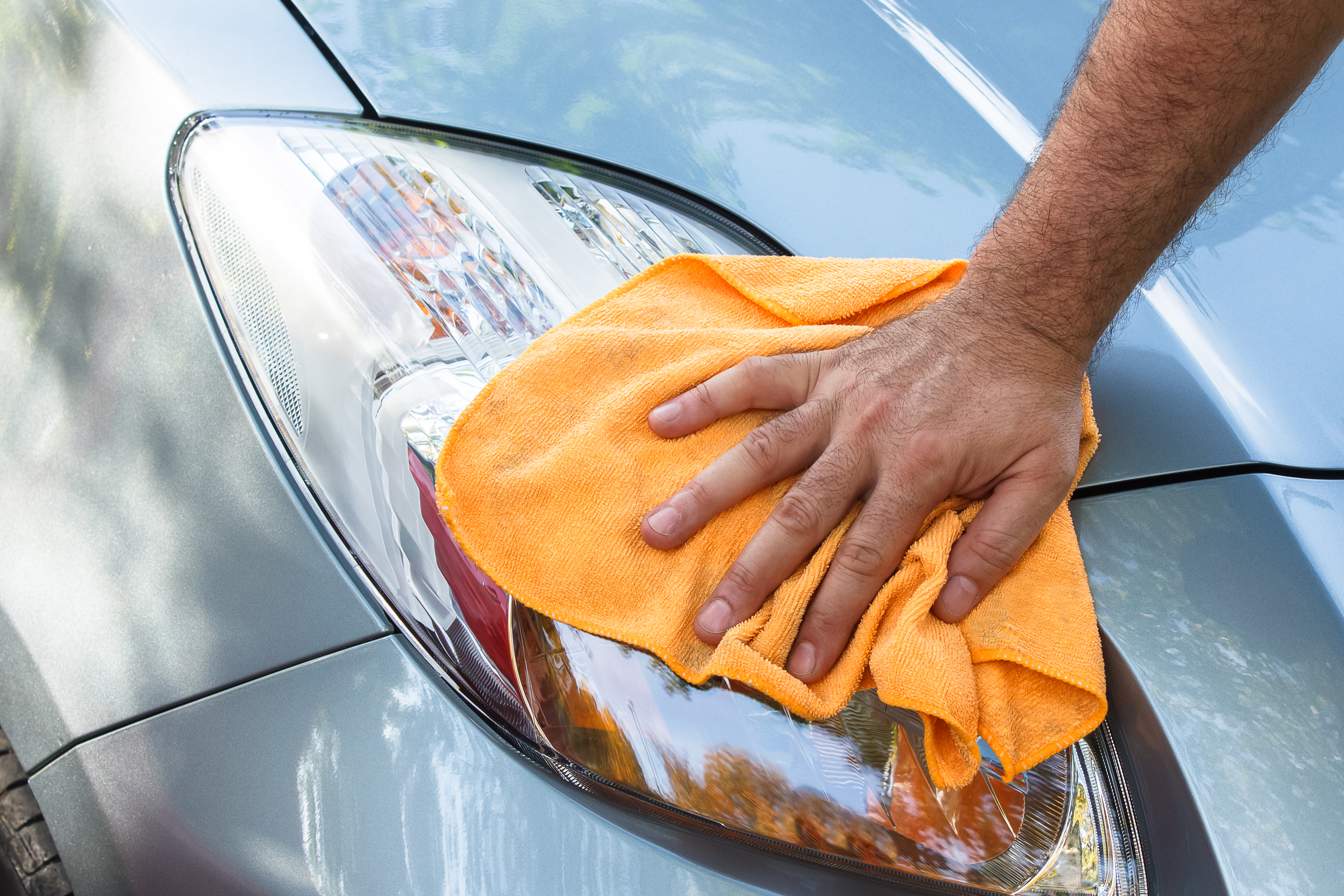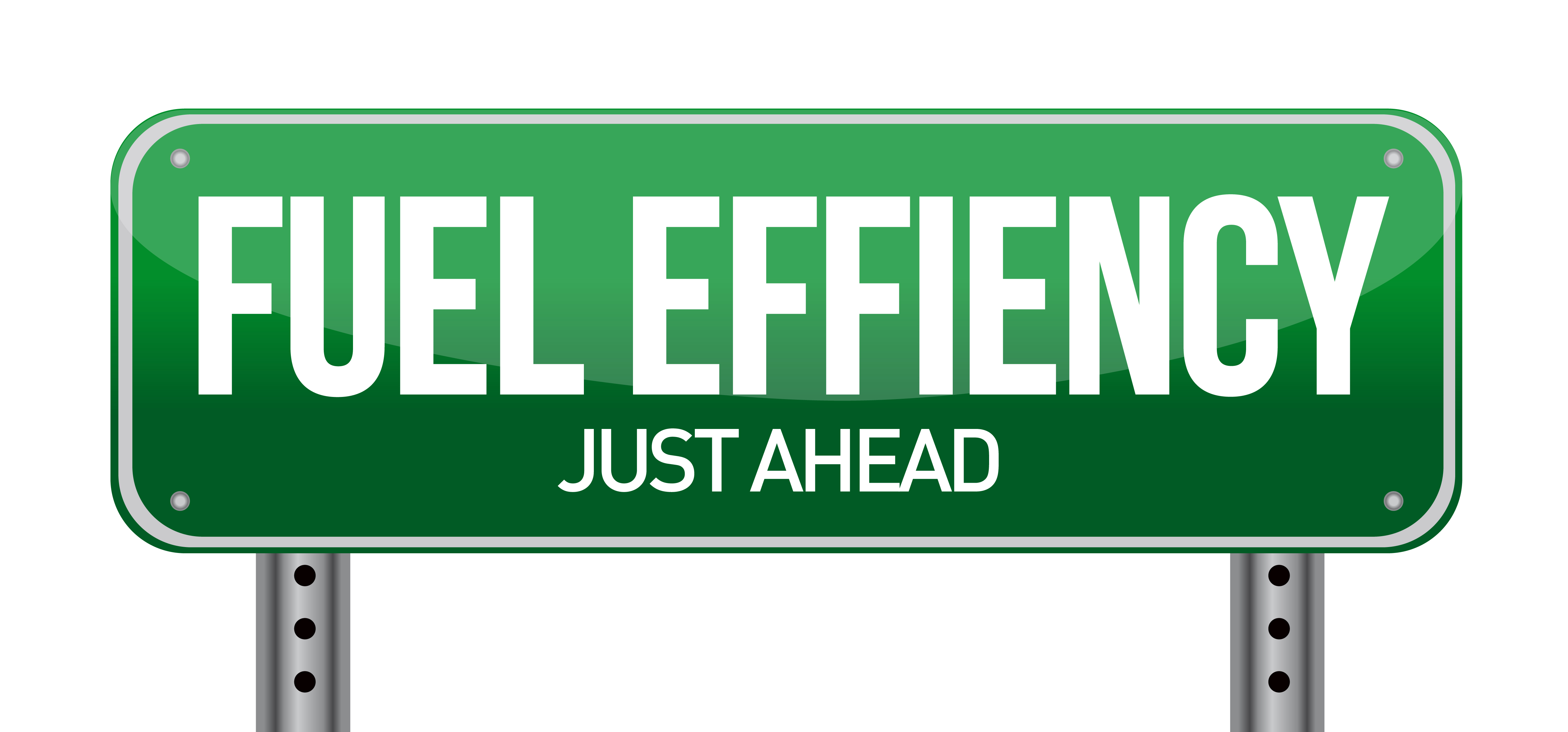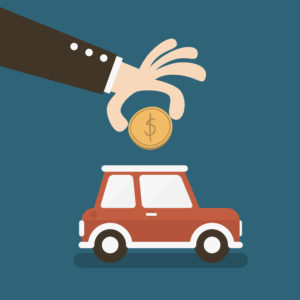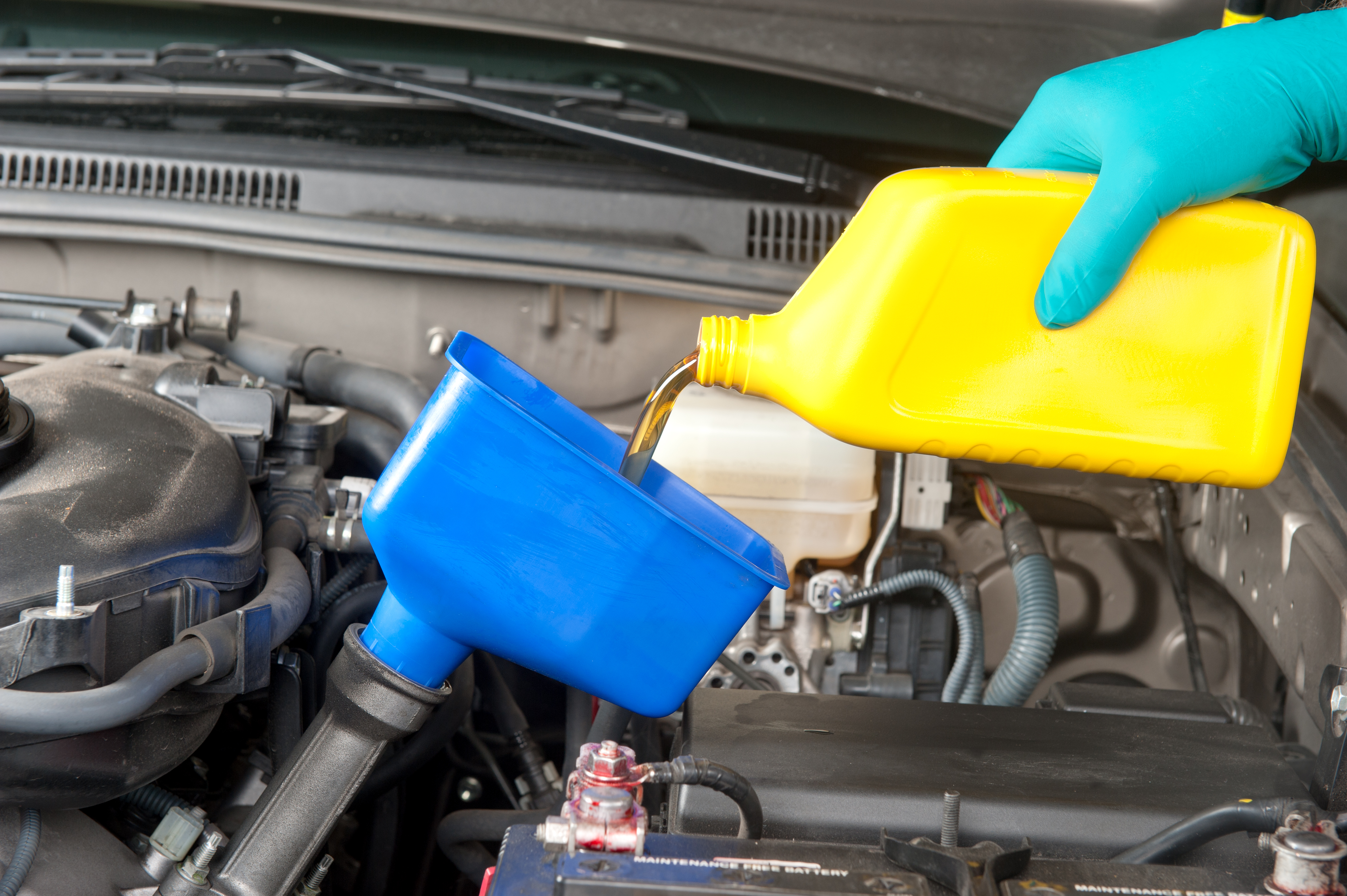How to Sell My Car Locally
Take the car to a mechanic. Ask him to do a thorough inspection and tell you of any needed repairs that need to be made and of any work the car might need soon. Get a cost estimate from the mechanic, and consider paying for the repair work yourself if you can afford it.
Look online at car pricing guides, such as the Kelley Blue Book or Edmunds. Select the “Used” section, and enter your car’s make, model, features and overall condition. Input your zip code and look at the “Private Party” value the pricing guide suggests. This is the approximate price for which you should be able to sell it to another individual in your area.
Set a price for your car based on the pricing guide’s value and your car’s overall condition. Subtract the estimate the mechanic gave you for repair work if you did not pay for the work yourself or if the car will need work done soon. Increase your selling price by 10 to 15 percent so that you can safely negotiate with individuals who try to talk you down in price while still getting the price you want or close to it.
Take the car to an automatic car wash to clean it and get it ready to be sold. Vacuum the interior carpets and seats. Remove any personal belongings, and any aftermarket parts like a CD changer that are not staying with the car after a buyer purchases it.
Go to your local hardware or office-supply store and purchase a “For Sale” sign. Write the selling price on the sign and your contact phone number. Place the “For Sale” sign on the car and park the car near your home’s curbside. Or get permission from a store or business owner and park your car in a parking lot so that it can be seen by a lot of passing traffic.
Write a short description of your car and include your phone number or the location where the car can be seen. Submit the ad to local newspapers, purchasing a spot in the “Automobiles” section of the classifieds.
Create a flyer with a word-processing or desktop-publishing software program. Place an image of your car and a written description, including its features, on the flyer. Post the flyer on public or community bulletin boards, such as in post offices or libraries.
Answer calls from potential buyers and schedule a date and time to meet each one. Ride with each potential buyer who wants to test-drive the vehicle. Talk honestly with potential buyers about the condition of the car and any flaws it has or repairs that need to be made. Negotiate with an interested buyer and accept an offer for your car.
Complete the transaction. Write a receipt or bill of sale as proof of purchase for the buyer. Sign the back of the car’s title to transfer ownership, getting your signature notarized if your state or county requires it.
Quick Money Savings Tip For Safe Drivers
There are dozens of auto insurers – Which one will give you the best rate?
Step 1) Choose your vehicle make below.
Step 2) On the next page, complete the 4 minute questionnaire, and you'll have the opportunity compare the best rates in your area.
Step 3) Keep more money and possibly save hundreds!










